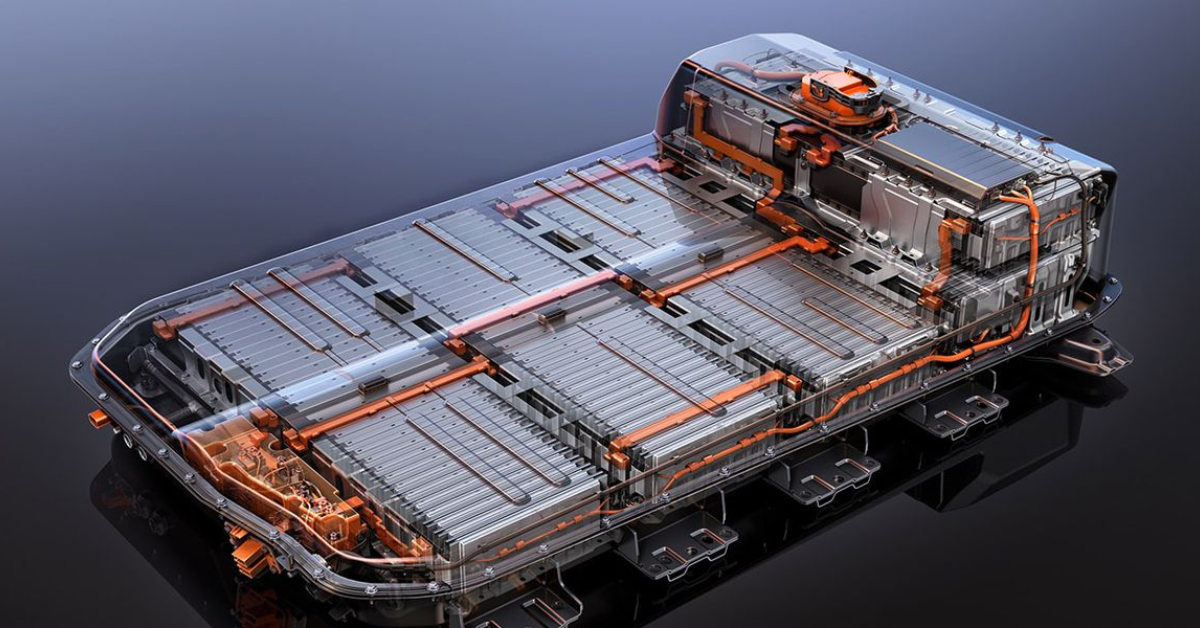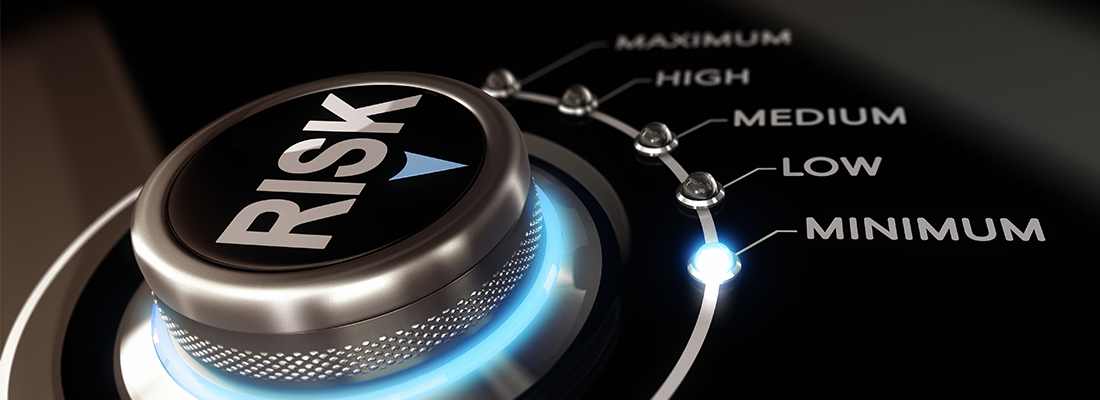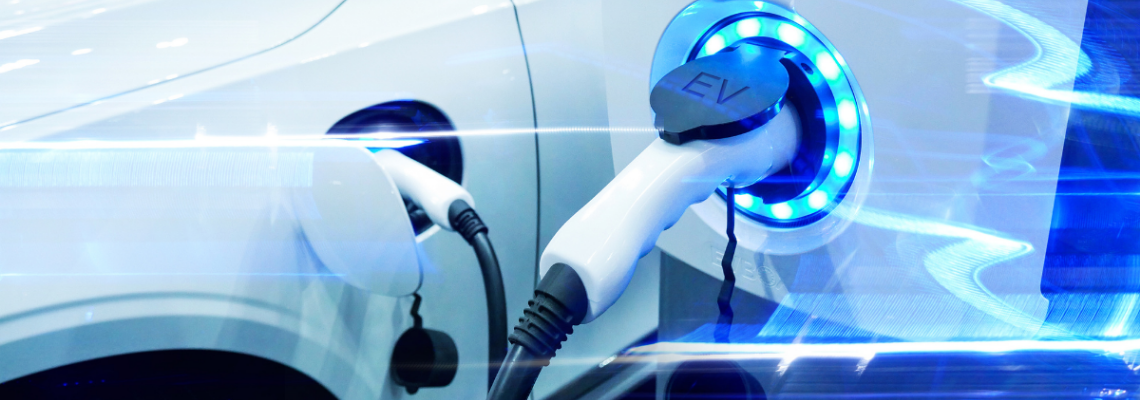The Driving Seat
Design can unlock the sleeping giant of profit for automotive reman: four key areas from a chair assembly pilot study explain how.
The concept of the circular economy has gained traction in industry and policy as a pathway to deliver resource efficiency. While not a new concept, its widespread appeal has never been greater. Sharon Prendeville and Nancy Bocken, both affiliated with TU Delft, have written a paper showing the interplay between business models and design strategy in the context of remanufacturing, illustrating how both are interdependent and complementary. The paper aims to build understanding of design for remanufacturing activities through a real-world example of a business seeking to transition to remanufacturing.
One driver for the interest in circularity is the increasing awareness of resource scarcity as a key risk to business competitiveness and the potential impact this may have on businesses in the long-term. In the UK alone, market value of remanufacturing activities is estimated to be worth up to £5.4 billion, excluding the economic benefits of jobs created. Reman offers a means to retain control of products and materials throughout the product life cycle and therein, through remanufacturing, businesses can insulate against material price shocks and future material scarcity issues. Reman has therefore been identified as a ’sleeping giant’ whose potential, once tapped, can fast-track companies to increased profits, while in parallel, realising circular practices within industrial systems.
A real-world pilot
The real-world example described in the paper came from a company with clear goals about what it wanted to achieve from the application of remanufacturing. The pilot study focused on an office task chair, typically sold to corporate clients on the European market since1999. In particular, the pilot activity identified the following three needs: pre-assessment of products at the customer’s site to control the quantity of returning products, a product evaluation framework to support the remanufacturing team with on-site evaluations, and a definition of end of-life-strategies for components that are replaced. The high end office task chair was chosen because it has high residual value, a resilient design, easily replaceable parts, good supply and good demand.
Four key areas
The selected chair was not originally designed for remanufacturing but had been identified as suitable by the company – it was also in part chosen because of the availability of thousands of office task chairs that had been returned by a customer. The four key areas of the pilot study were:
- product evaluation
- environmental assessment
- commercial research
- product take-back activity
Once returned, the various components of the chairs were evaluated using a visual and mechanical inspection. Every component of the product was then described or given a ‘pass’ or ‘fail’. Through these tests, it became clear that, typically, three of the 12 components would need replacing: in most cases, these were the same three components. Only on very rare occasions would another component need to be addressed.
Reducing environmental impacts
The company set out to achieve a four-fold reduction of environmental impacts through remanufacturing the product. The findings of the assessment indicated that minimizing the material cost of remanufacturing means avoiding the replacement of as many parts as possible – and particularly any large components. Using polypropylene in place of polyamide in key parts lowers the overall impact of the product, and maximising recycled content in all parts - but particularly in any steel parts - would be beneficial. The secondary market value of the product was identified through an analysis of resale of similar products through channels such as eBay and second hand dealers. The findings were positive and the company proposed that the price could be increased due to brand value associated with being sold by the original equipment manufacturer.
Identifying key barriers
Prendeville and Bocken’s paper offers a multi-strategy approach which includes a supportive environmental analysis of the product, in combination with an exploration of design and business model strategies. It provides a simple but structured framework of questions to investigate remanufacturing. For example, one barrier to reman for a company might be the fear of future legal and financial costs, such as the risk of accounting for longer warranties – but the case company overcame this by more resilient product design through the development of durable products and the evaluation of returned products. For companies interested in the possibilities of reman – in whatever sector - and who want to learn how to identify key barriers, this paper is a useful tool.
The complete text can be found here.
The benefits of – and barriers to – eco-design
Remanufacturing is often talked about in the same breath as eco design. Eco-design is a strategic approach to designing products to reduce environmental impacts across the whole product life cycle. In doing so, layers of waste can be identified but also layers of value. Prendeville and Bocken’s literature review shows that eco-design also has barriers: typical examples of these are cost and lack of resources and knowledge. Some authors propose that cultural aspects such as poor management commitment, lack of supply chain integration, supply chain relationships and employee attitudes as well as limited demand-side pull are key factors in determining why companies fail to act.
Share your remanufacturing stories with us
Do you have an innovation, research results or an other interesting topic you would like to share with the remanufacturing industry? The Rematec website and social media channels are a great platform to showcase your stories!
Please contact our Brand Marketing Manager.
Are you an Rematec exhibitor?
Make sure you add your latest press releases to your Company Profile in the Exhibitor Portal for free exposure.








